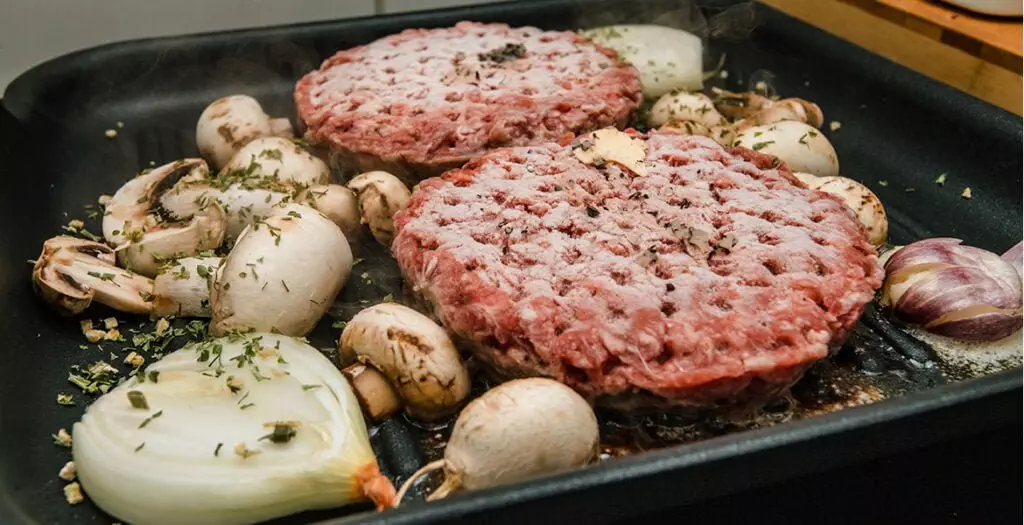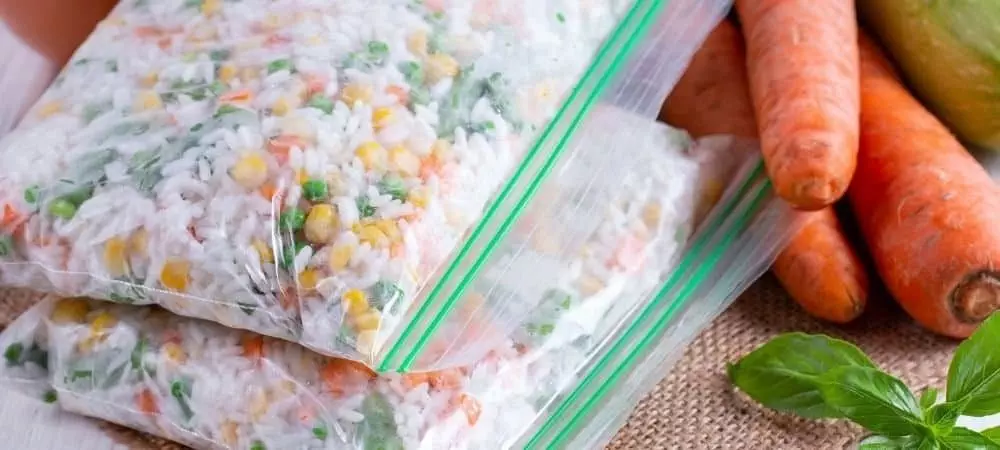Frozen food has become a staple in many kitchens, offering convenience, variety, and a way to reduce food waste. However, cooking frozen food can be tricky, as improper methods can lead to uneven cooking, sogginess, or loss of flavor.
This comprehensive guide will equip you with the knowledge and techniques to unlock the full potential of your frozen ingredients and create delicious, satisfying meals.
Understanding the Benefits of Frozen Food:
- Convenience: Frozen food saves time and effort in meal preparation, as it eliminates the need for washing, chopping, and other prep work.
- Preservation: Freezing helps retain nutrients and prevent spoilage, ensuring that your food stays fresh and flavorful for longer periods.
- Variety: Frozen food options are vast and varied, allowing you to explore different cuisines and ingredients without having to shop for fresh produce every day.
- Reduced Food Waste: Freezing leftovers and surplus ingredients helps reduce food waste, which benefits both your wallet and the environment.
Comparison of Frozen Food and Other Preservation Methods:
| Method | Pros | Cons | Ideal for |
|---|---|---|---|
| Freezing | Convenient, retains nutrients well, minimal flavor change, long shelf life | Can cause freezer burn if not packaged properly, texture changes in some foods, requires freezer space | Fruits, vegetables, meats, poultry, seafood, prepared meals |
| Canning | Very long shelf life, no need for refrigeration, preserves flavor well | Labor-intensive, requires special equipment, can alter texture and color of some foods | Fruits, vegetables, meats, pickles, jams, jellies |
| Dehydrating | Lightweight, compact, long shelf life, intense flavor | Requires dehydrator or oven, some nutrient loss, not suitable for all foods | Fruits, vegetables, herbs, jerky |
| Fermenting | Enhances flavor and nutritional value, adds beneficial probiotics | Requires specific knowledge and techniques, not suitable for all foods, can take time | Vegetables (sauerkraut, kimchi), dairy (yogurt, kefir), beverages (kombucha) |
| Pickling | Long shelf life, adds tangy flavor, can be done with simple equipment | High in sodium, can alter texture and color of some foods, not suitable for all foods | Vegetables, fruits, eggs |
Learn how to defrost frozen food properly at Top Frozen!
Essential Tools and Techniques:
- Thawing: Proper thawing is crucial for even cooking and optimal texture. Most frozen foods can be thawed in the refrigerator overnight, but some methods, like using cold water or the microwave, are suitable for quicker thawing.
- Cooking Methods: Choose the appropriate cooking method based on the type of frozen food. Some methods, like roasting, grilling, or baking, are better suited for certain foods than others.
- Temperature and Timing: Adjust cooking times and temperatures accordingly, as frozen food generally requires longer cooking times than fresh food.
- Seasoning: Frozen food may require additional seasoning to enhance its flavor. Add herbs, spices, or sauces to create a delicious and satisfying meal.
- Presentation: Even though it’s frozen, pay attention to plating and presentation to make your meals more appetizing.
Cooking Frozen Vegetables:
- Roasting: Toss frozen vegetables with olive oil, salt, pepper, and your favorite herbs and spices. Roast in a preheated oven at 400°F (200°C) for 20-30 minutes, or until tender and slightly browned.
- Sautéing: Heat oil in a pan over medium heat. Add frozen vegetables and cook, stirring occasionally, until heated through and tender.
- Steaming: Steam frozen vegetables in a steamer basket over boiling water for 5-10 minutes, or until tender.
- Microwaving: Place frozen vegetables in a microwave-safe dish, add a tablespoon of water, and cover with a lid or plastic wrap. Microwave on high for a few minutes, stirring halfway through, until heated through.
Cooking Frozen Meat and Poultry:
- Baking: Preheat oven to the recommended temperature. Place frozen meat or poultry on a baking sheet and bake according to the package instructions.
- Grilling: Thaw meat or poultry partially before grilling. Preheat grill to medium heat and cook according to the package instructions, turning occasionally.
- Pan-frying: Thaw meat or poultry partially before pan-frying. Heat oil in a pan over medium heat and cook according to the package instructions, turning occasionally.
- Slow cooking: Frozen meat or poultry can be added directly to a slow cooker. Cook on low heat for 6-8 hours, or until tender.
Cooking Frozen Seafood:
- Baking: Preheat oven to 400°F (200°C). Place frozen seafood on a baking sheet and bake for 15-20 minutes, or until cooked through.
- Pan-frying: Thaw seafood partially before pan-frying. Heat oil in a pan over medium heat and cook seafood for a few minutes per side, or until cooked through.
- Steaming: Steam frozen seafood in a steamer basket over boiling water for 5-10 minutes, or until cooked through.
Cooking Frozen Prepared Meals:
- Oven: Follow the package instructions for baking times and temperatures.
- Microwave: Most frozen meals can be microwaved. Follow the package instructions for cooking times and power levels.
Tips for Success:
- Read the Label: Always check the package instructions for specific thawing and cooking recommendations.
- Don’t Overcrowd: Avoid overcrowding the pan or baking sheet to ensure even cooking.
- Use a Thermometer: Use a meat thermometer to ensure that meat and poultry are cooked to a safe internal temperature.
- Get Creative: Don’t be afraid to experiment with different flavors and ingredients to customize your frozen meals.
By mastering these techniques and experimenting with different recipes, you can turn frozen food into delicious, nutritious, and satisfying meals for any occasion.
Originally posted 2024-02-05 11:57:42.




